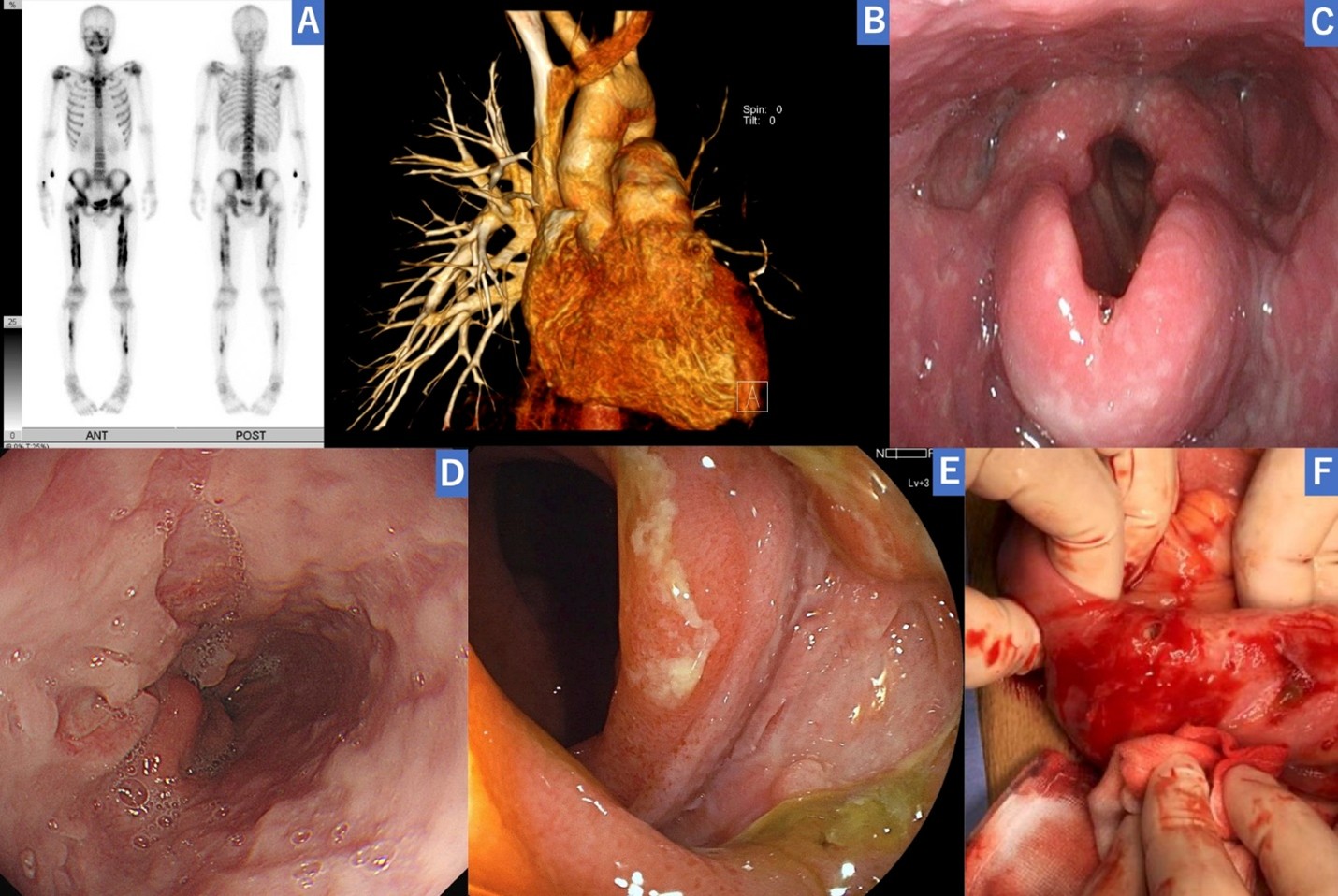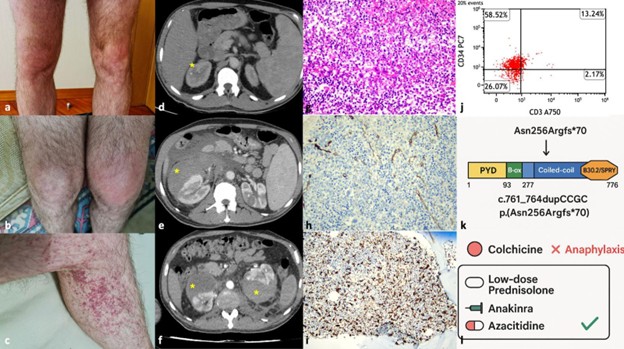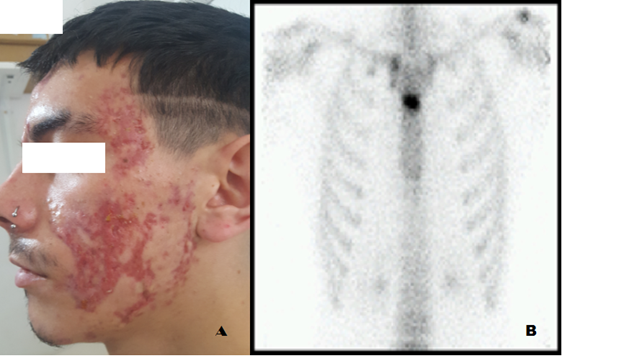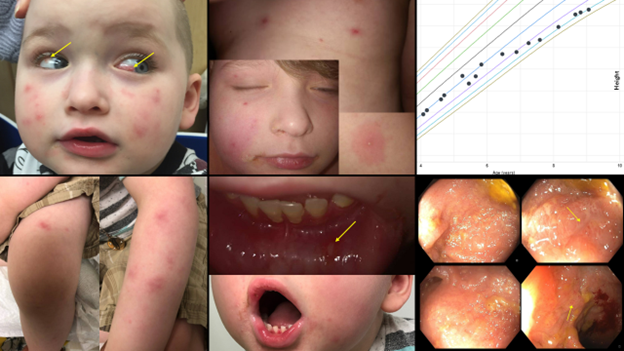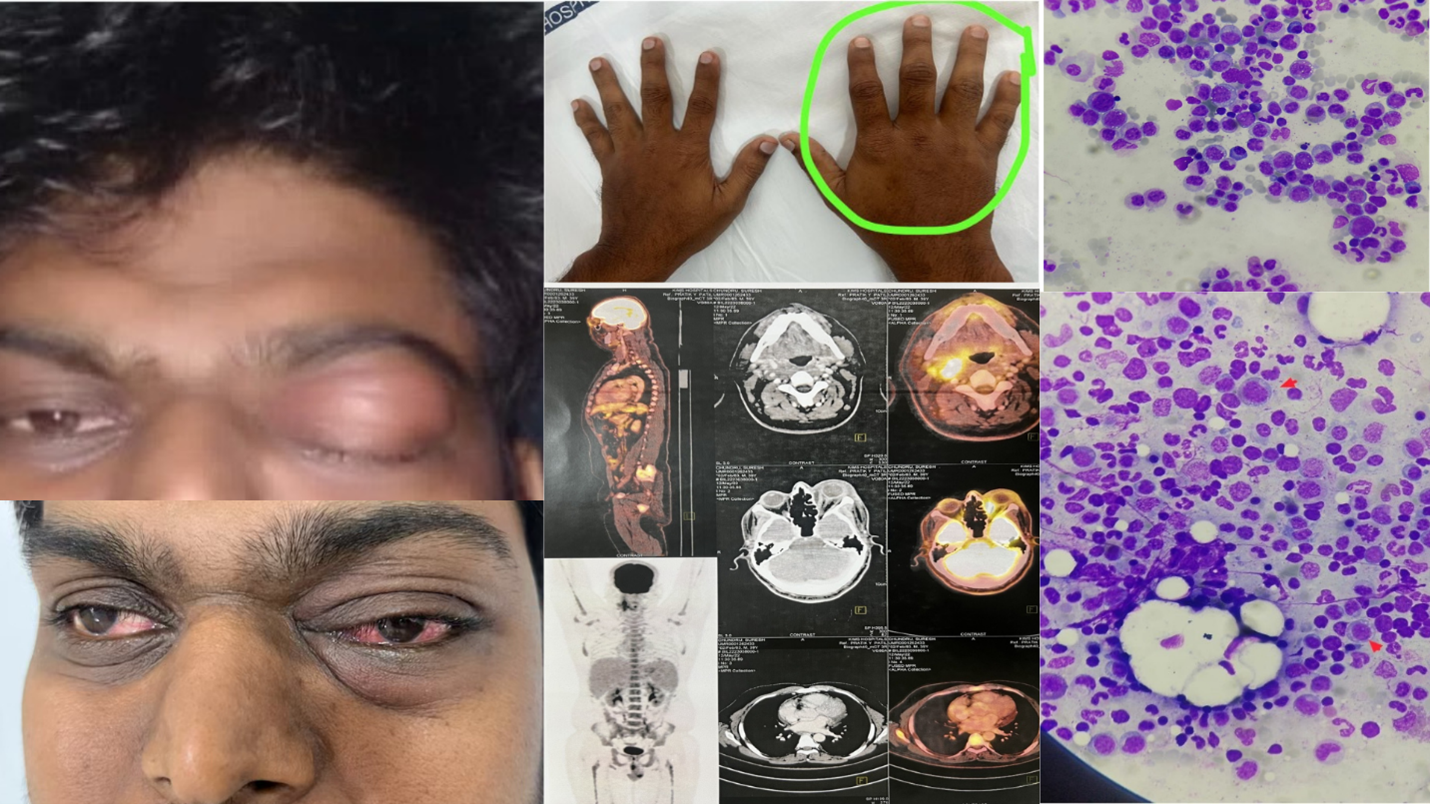Annual Meeting Image Competition

Submit a case-based image for peer-review and display at ACR Convergence, the ACR's annual meeting. If accepted, your image may be digitally displayed at the meeting and will be added to the ACR Rheumatology Image Library collection. One image will be selected as the winner of the Image Competition and published in the Arthritis & Rheumatology journal. The winner will receive complimentary registration to ACR Convergence 2026.
Image Competition News
ACR Convergence 2025 Image Competition submission is closed. Winning images were displayed during ACR Convergence 2025. All accepted images will be added to the Rheumatology Image Library in December.
View the 2025 Image Competition Winners.
Complete 2026 Image Competition information coming soon.
Awards
If your image was accepted, it will be added to the Rheumatology Image Library. In addition, prizes for the following categories will be awarded.
Best Overall Image
- $1,500 cash prize
- Published in an issue of Arthritis & Rheumatology
- Complimentary registration to ACR Convergence 2026
- Highlighted during the ACR Convergence 2026 - Plenary I
Regional Winners Circle
One contributor from each region* listed below will be added to the Regional Winners Circle. The Regional Winners Circle will be highlighted during the ACR Convergence 2026 – Plenary I, receive complimentary registration to ACR Convergence 2026, be eligible to win the 2026 People's Choice Award, plus the opportunity to be featured as the Image of Month in The Rheumatologist.
- North America
- Latin America & Caribbean
- Europe & Central Asia
- Middle East & North Africa
- East Asia & Pacific
- South Asia
- Sub-Saharan Africa
*These regions are defined by the World Bank.
The People's Choice Award will showcase the regional winners, representing the global rheumatology community. The People's Choice Award winner will be selected during ACR Convergence 2026 and receive a $1,000 cash prize.
Image Submission Eligibility
Who is eligible to submit an image
ACR and ARP members and non-members are eligible to submit an image.
Images that are eligible for submission
The ACR seeks images representing a diverse range of patients that show either educational or remarkable manifestations of the rheumatic disease in the following categories:
Coming soon
Images that are not eligible for submission
- Images that have been published before the Image Competition submission deadline
- Images that are copyrighted
- Images that have been previously submitted to the Image Competition
Image Submission Guidelines
Coming soon
Image Permissions
See information about the use of Rheumatology Image Library images, including the annual meeting embargo policy.


